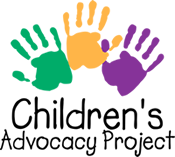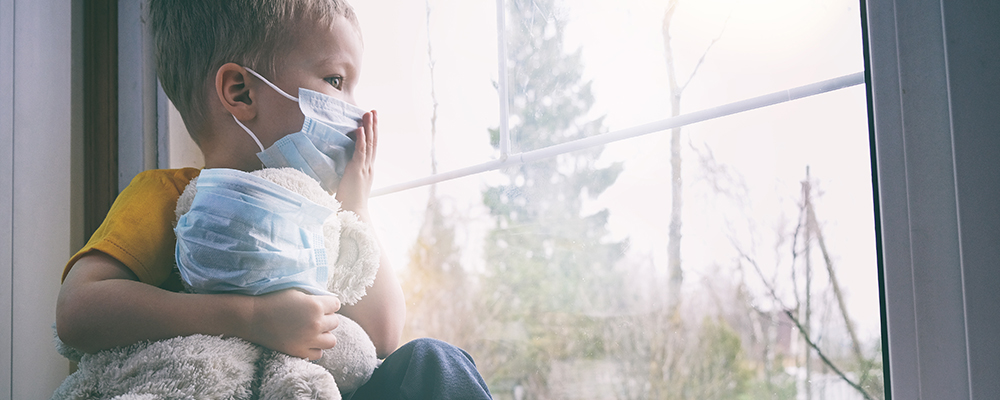In 2020, home became the intended safe space to shelter from coronavirus, but the sad fact for many children is the majority of child abuse happens at home and happens within the family. With schools closed, teachers and other school staff who make up the largest portion of child abuse reports were no longer regularly seeing children to be able to spot the signs of abuse.
Added stress on families, financial stress, disrupted routines, and lack of access to community support due to COVID-19 are all contributors to an uptick in child maltreatment. This period of isolation, while necessary to keep children and families safe from the pandemic, is a perfect storm for child abuse to rise and for cases to go unreported.
Everyone can play a role in maintaining the health and well-being of families, and communities:
-
Stay connected to family and friends, and check in on neighbors and other community members (while taking the proper safety measures).
-
Share positive news and acts of kindness with your community.
-
Connect families with virtual programming for children—many public institutions and community centers are providing free virtual experiences, including educational resources, games and activities, tours of popular museums and attractions, and physical activities.
-
Continue to help support programs and services that strengthen families in our community.
-
Learn to recognize the warning signs and symptoms of abuse and neglect.
Behavioral Clues:
|
|
Symptom Clues:
|
|
Physical Clues:
|
|
Sources: National Children's Alliance (https://learn.nationalchildrensalliance.org/covid)
U.S. Administration for Children & Families (https://www.acf.hhs.gov/cb/resource/child-maltreatment-2018)

